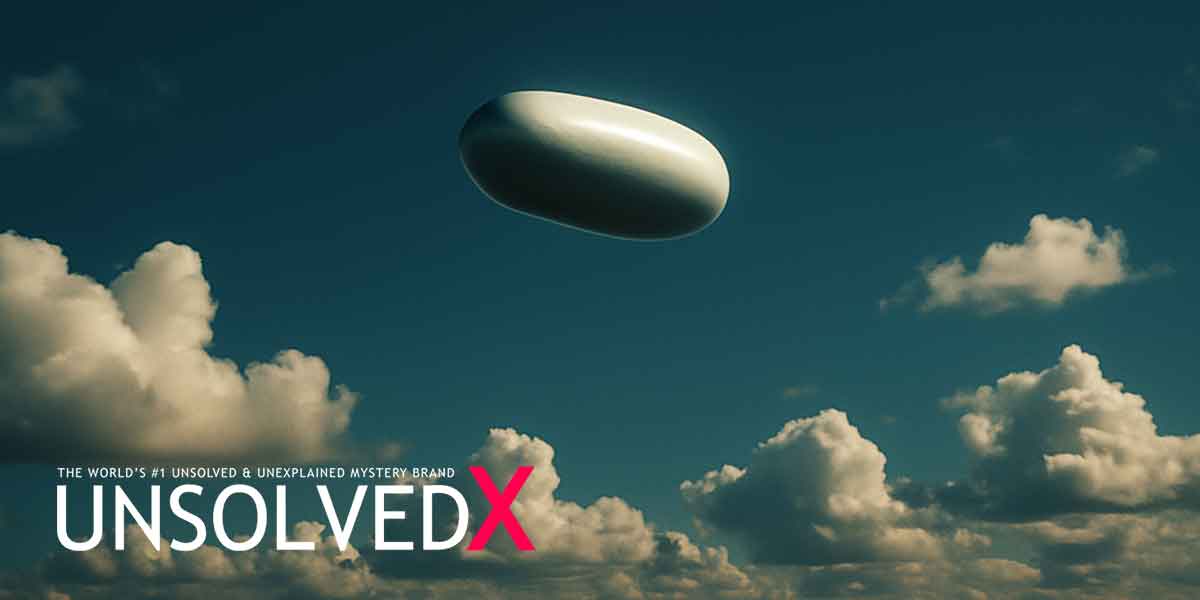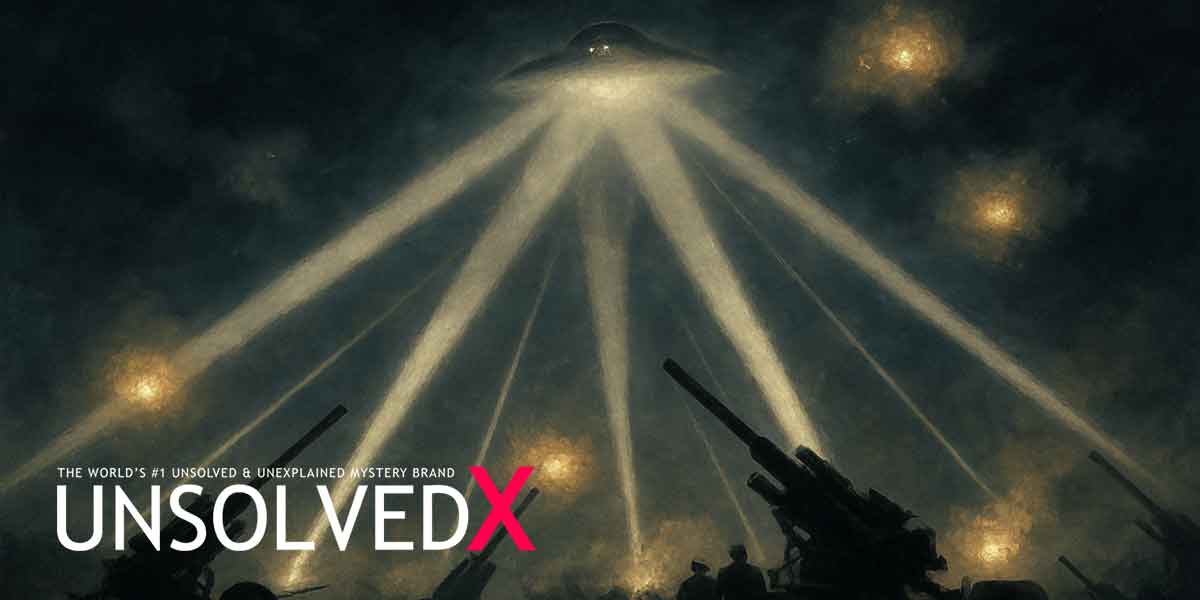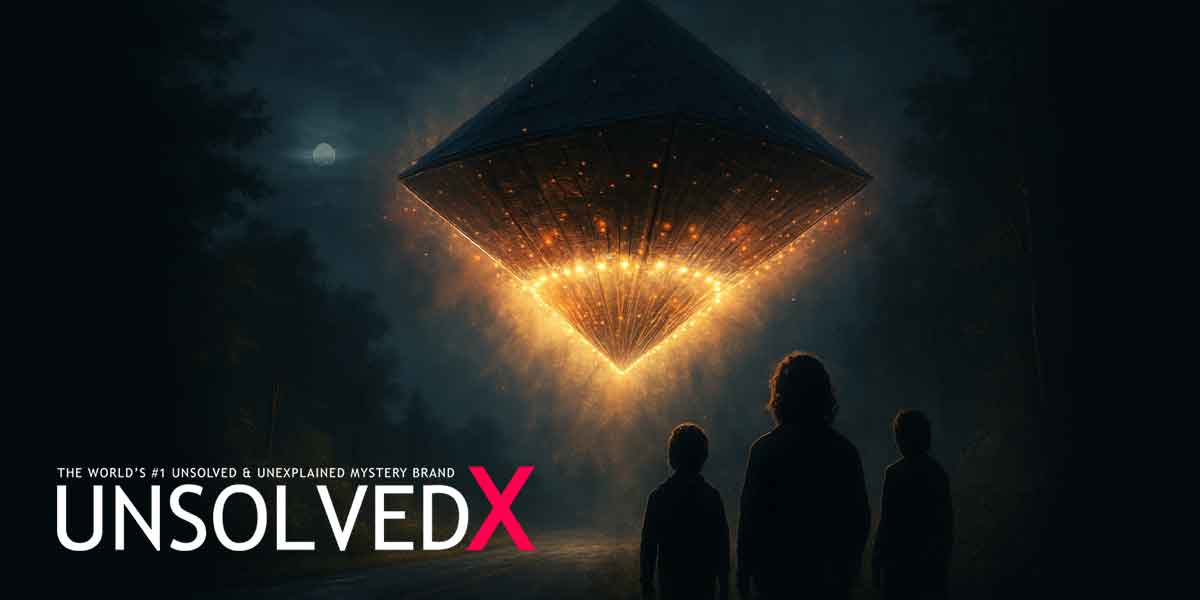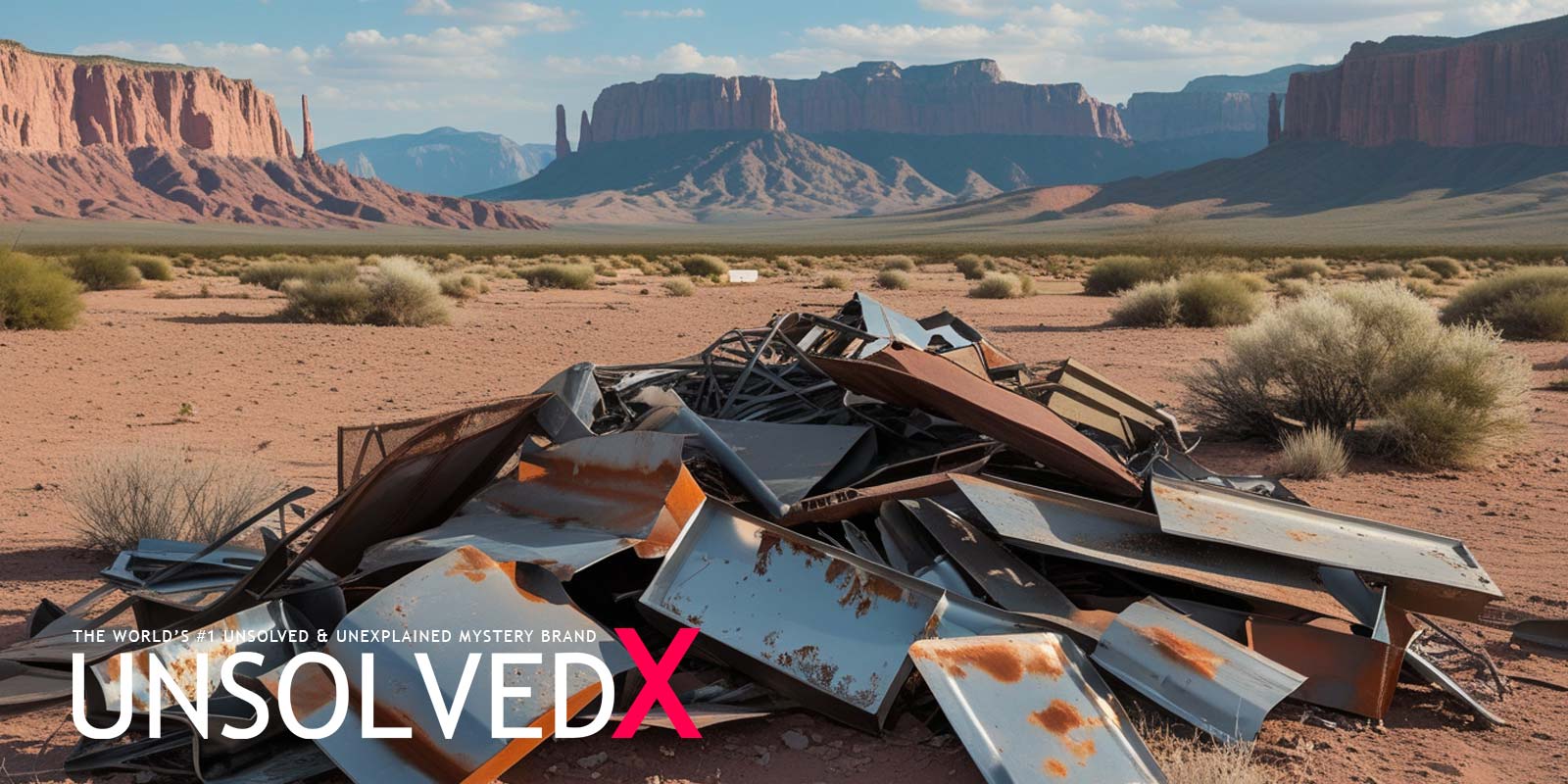A Day in the Wilderness: Stefan Michalak’s Encounter
On May 20, 1967, Stefan Michalak, a Polish immigrant and amateur geologist, ventured into the rugged wilderness of Whiteshell Provincial Park near Falcon Lake, Manitoba, to prospect for quartz and silver. Around noon, while chipping away at a quartz vein, he was startled by a flock of agitated geese. Looking up, he saw two glowing, cigar-shaped objects descending from the sky. One hovered briefly before flying off, while the other landed about 45 meters away on a rocky outcrop. Michalak, a practical man and former military policeman, initially thought it was an experimental American aircraft, given the Cold War era and Falcon Lake’s proximity to the U.S. border. He sketched the saucer-shaped craft for nearly 30 minutes, noting its smooth, metallic surface and lack of visible markings. Approaching within 60 feet, he heard muffled voices from inside—human-like, one higher-pitched than the other. “Okay, Yankee boys, having trouble?” he called out, suspecting a mechanical issue. Receiving no response, he tried speaking in Polish, Russian, and German, but the voices fell silent. Suddenly, a blast of scorching hot air, reeking of sulfur, erupted from a grid-like exhaust on the craft’s underside, setting his shirt and cap ablaze and knocking him backward. CBC News later called this Canada’s “best-documented UFO case,”a claim bolstered by the physical evidence and Michalak’s unwavering account.
The immediate aftermath was harrowing. Disoriented and in pain, Michalak stumbled through the forest, his compass malfunctioning, likely due to the craft’s electromagnetic interference. Nine hours later, he reached the Falcon Motor Hotel, appearing dazed and unwell, with bloodshot eyes and a sulfuric odor emanating from his body. He told the hotel owner he needed a doctor, but none was available. Phoning his wife, he downplayed the incident as an “accident” but asked for his son to meet him at the Winnipeg bus terminal. At Misericordia Hospital, doctors treated severe burns on his upper abdomen, described as irregularly shaped and unevenly spaced, consistent with an intense heat source. Michalak’s son, Stan, recalled the overpowering stench of burnt motor and sulfur in their home, a detail that haunted him for decades. Despite skepticism from an RCMP officer who noted Michalak’s heavy drinking the previous night, the physical symptoms—nausea, dizziness, and weight loss of 13 pounds—suggested something extraordinary had occurred. Falcon Trails Resort and Unsolved Mysteries have since detailed the visceral impact of this encounter, cementing its place in UFO lore.
Investigation and Evidence: Unraveling the Unexplained
The incident quickly drew attention from multiple authorities, including the Royal Canadian Mounted Police (RCMP), Royal Canadian Air Force (RCAF), Department of National Defence, and even American investigators from the Condon Committee and Aerial Phenomena Research Organization. On May 23, 1967, a civilian UFO investigator photographed Michalak’s burns, which appeared raw and irregular, contradicting later claims of a uniform grid pattern seen in 1968 photos, likely a separate skin reaction. By June 26, despite promising not to disturb the site, Michalak returned and collected artifacts—a burnt shirt, a steel tape, and soil samples—that tested positive for low-level radioactivity. A year later, in 1968, investigators found a 15-foot circular patch at the alleged landing site, stripped of moss and vegetation, with melted metal fragments embedded in the rock, coated in uranium and radium. Soil samples confirmed high radiation levels, though skeptics noted a natural radium vein ran beneath the area, potentially explaining the readings. The RCMP crime lab analyzed Michalak’s glove and shirt but couldn’t identify the burn source, adding to the mystery. Library and Archives Canada houses extensive records on these findings, a treasure trove for researchers.
The official response was intense but inconclusive. Military helicopters scoured the area, with teams from the RCMP and Canadian Army combing the site. The Department of Health initially considered quarantining the area due to radiation concerns but later attributed it to natural sources. Michalak’s Mayo Clinic visit in August 1968 ruled out significant mental illness, though a psychiatrist noted the burns appeared “factitial” (self-inflicted), a claim disputed by the severity and pattern of the injuries. By November 1968, Defence Minister Léo Cadieux refused to release a public report, fueling accusations of a government cover-up from Michalak and American UFO enthusiasts. Michalak himself published a 40-page pamphlet, My Encounter with the UFO, in 1967, translated from Polish by Paul Pihichyn, detailing his experience. The lack of definitive answers, coupled with the physical evidence, led Atlas Obscura to call it “the world’s most documented UFO sighting.”
Legacy and Speculation: A Lasting Mystery
The Falcon Lake Incident’s enduring fascination lies in its tangible evidence and Stefan Michalak’s consistent, if reluctant, testimony. He never claimed the craft was extraterrestrial, maintaining until his death in 1999 that it was likely a secret military vehicle. Yet, the absence of identifiable markings, the advanced technology implied by its silent hovering and rapid ascent, and the human-like voices challenge this theory. Skeptics, like Aaron Sakulich, argue Michalak fabricated the story to deter rival prospectors, possibly burning himself accidentally while intoxicated. The radioactive metal found in 1968, they suggest, was planted, as it seems unlikely investigators missed such evidence initially. However, Chris Rutkowski, a prominent Canadian ufologist, counters that Michalak’s character—described as honest and reserved—makes a hoax unlikely. Rutkowski’s book with Stan Michalak, When They Appeared: Falcon Lake 1967, compiles eyewitness accounts and official documents, offering an intimate look at the family’s struggles under media scrutiny. The incident’s cultural impact is evident in its commemoration by the Royal Canadian Mint with a 2018 glow-in-the-dark $20 silver coin, depicting Michalak knocked back by the craft’s exhaust.
Today, the Falcon Lake Incident draws UFO enthusiasts to Whiteshell Provincial Park, where Falcon Beach Ranch offers a “UFO Tour” to the alleged landing site, now a point of pilgrimage for mystery seekers. Annual events like the Falcon Lake UFO Encounter Weekend foster community among believers, with talks by experts like Rutkowski. The incident’s parallels to other Canadian UFO cases, like the 1967 Shag Harbour crash, where an object plunged into the Atlantic with no recoverable debris, highlight Canada’s rich history of unexplained phenomena. Whether a military experiment, a hoax, or an alien encounter, the Falcon Lake Incident remains unresolved, its physical traces—burns, radioactive debris, and a barren landing site—defying easy explanation. For those intrigued, University of Manitoba Archives holds Rutkowski’s extensive collection of over 30,000 UFO-related documents, including Falcon Lake files, available for public research. The mystery endures, inviting speculation and investigation into what truly happened that May day in 1967.










Comments
Comments section coming soon!